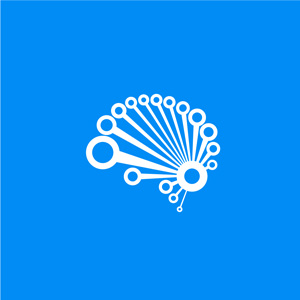The Idea Behind Recurrent Neural Networks
(For the PPT of this lecture click here)
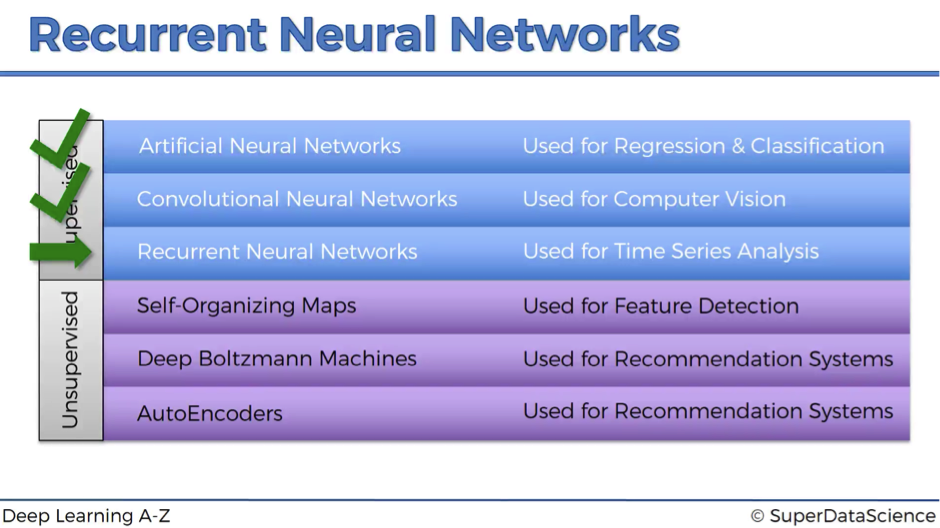
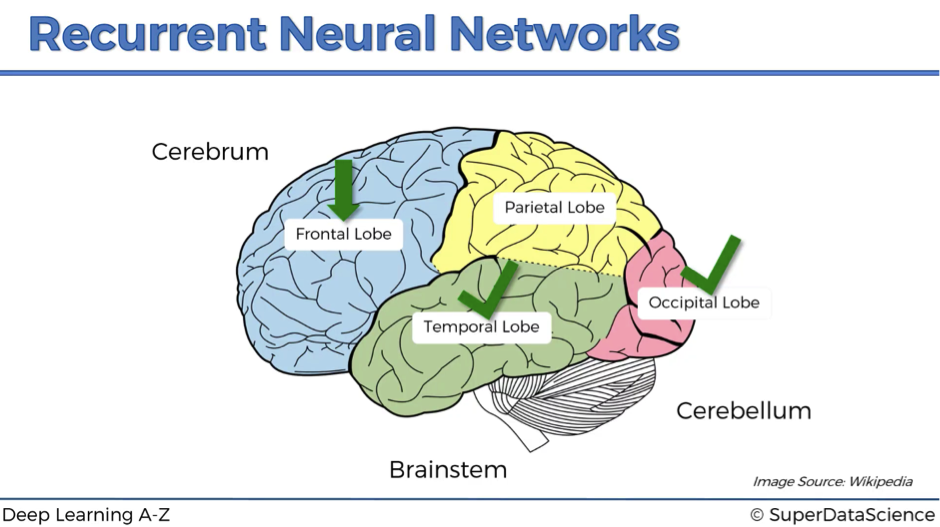
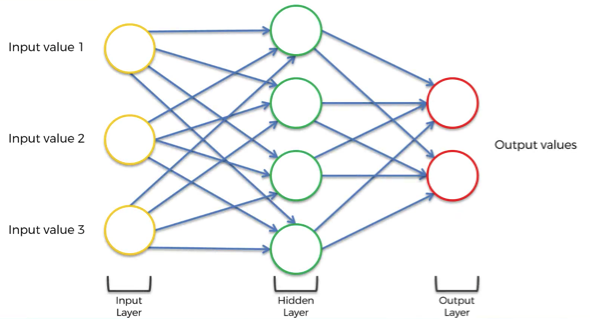
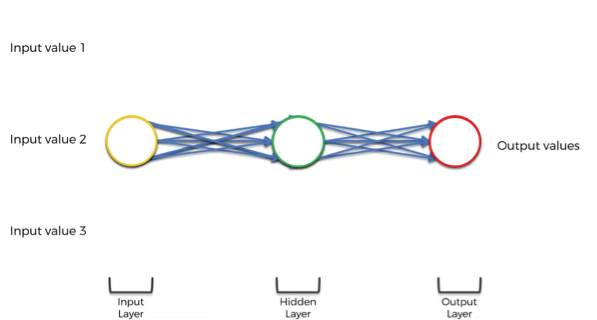
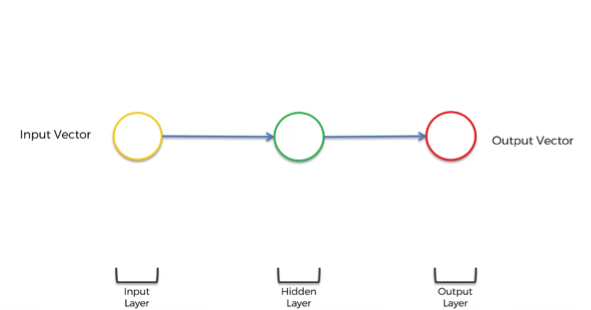
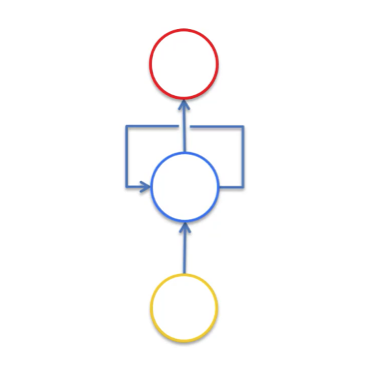
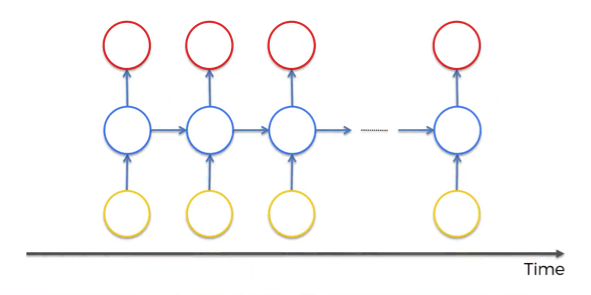
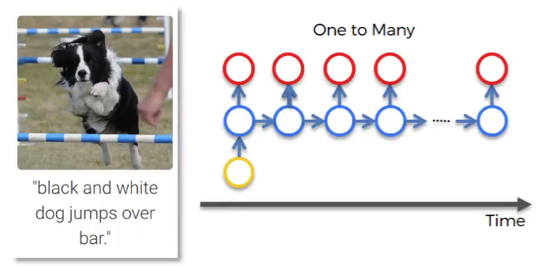
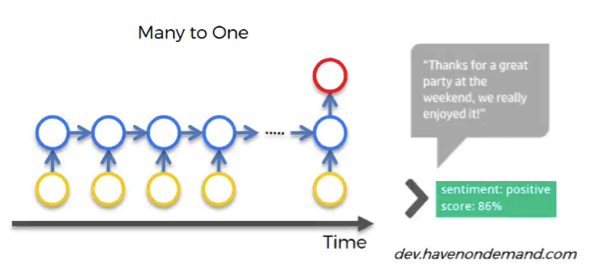

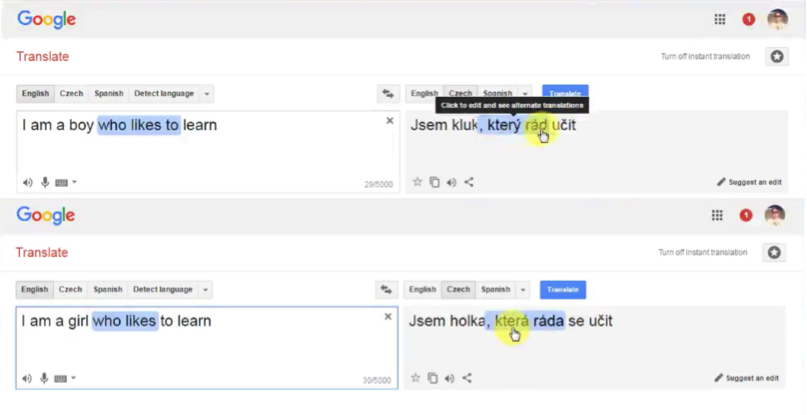
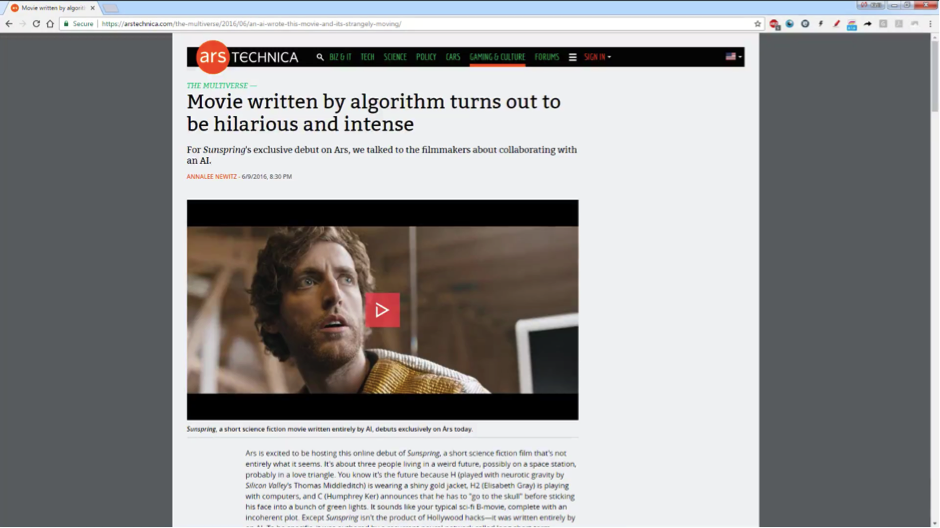
Recurrent Neural Networks represent one of the most advanced algorithms that exist in the world of supervised deep learning. And you are going to grasp it right away. Let’s get started!
Here is our low breakdown of supervised vs. unsupervised deep learning branches:
- We’ve already talked about Artificial Neural Networks (ANN) and Convolutional Neural Networks (CNN).
- And now we’re starting to discover the idea behind Recurrent Neural Networks (RNN).

Neural Networks and Human Brain
As you might know already, the whole concept behind deep learning is to try to mimic the human brain and leverage the things that evolution has already developed for us.
So, why not to link different algorithms that we’ve already discussed to certain parts of the human brain?
The human brain has got 3 parts: cerebrum, which is all of these colored parts on the image below, cerebellum, or “little brain” in Latin, and brainstem, which connects the brain to the organs. Then, the cerebrum has 4 lobes:
- temporal lobe,
- frontal lobe,
- occipital lobe,
- parietal lobe.

Temporal lobe and ann
The temporal lobe might be well linked to the ANN with its main contribution – the weights.
The fact that ANN can learn through prior experience, prior epochs and prior observations – that’s extremely valuable.
Weights represent long-term memory: ones you’ve run your ANN and you’ve trained it, you can switch it off and come back later because with the known weights the network will process the input the same way as it would yesterday and as it will tomorrow.
Of course, weights exist across the whole brain, but philosophically ANNs are a start to deep learning, and so we can say that they represent the long-term memory, which the temporal lobe of the human brain also does.
Occipital lobe and cnn
Next, we’re going to link the occipital lobe to CNN.
As we already know, CNNs are responsible for computer vision, recognition of images and objects, which makes them a perfect link to the occipital lobe.
Frontal lobe and rnn
RNNs are like short-term memory.
You will learn that they can remember things that just happen in a previous couple of observations and apply that knowledge in the going forward. For humans, short-term memory is one of the frontal lobe’s functions.
That’s why we are going to link RNNs to this lobe of the human brain.
Parietal lobe and …
The parietal lobe is responsible for sensation, perception and constructing a spatial-coordination system to represent the world around us, and we are yet to create a neural network which will fit into this category.
Now let’s move from neuroscience to our favorite neural networks.
Representation of the Recurrent Neural Networks
We begin with a transformation of a simple ANN showed below into RNN.

This takes 5 steps:
- Squashing the network. The layers are still there but think of it as if we’re looking from underneath this neural network.

- Changing the multiple arrows into two.

- Twisting it to make it vertical because that’s the standard representation.
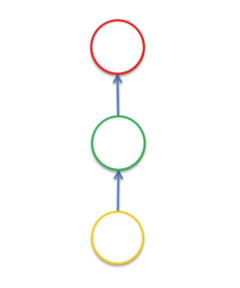

- Adding a line, which represents a temporal loop. This is an old-school representation of RNNs and basically means that this hidden layer not only gives an output but also feeds back into itself.

- Unrolling the temporal loop and representing RNNs in a new way. Now each circle represents not only one neuron, but a whole layer of neurons.

So, we’ve got inputs, hidden layer and outputs as usually but now the neurons are also connected to themselves through time.
The idea behind RNNs is that the neurons have some sort of short-term memory providing them with the possibility to remember, what was in this neuron just previously. Thus, the neurons can pass information on to themselves in the future and analyze things.
That’s kind of like when you’re reading this article – it would be really sad if you couldn’t remember what was in the previous paragraph or sentence. Now as you do remember those things, you can understand what we’re talking about in the current section.
Why would we deprive artificial construct, which is supposed to be a syntactic human brain, of something so powerful as a short-term memory?
And that’s where Recurrent Neural Networks come in.
Examples of RNN Application
One to many
This is a network with one input and multiple outputs.
For instance, it could be an image (input), which is described by a computer with words (outputs). You can see such example in the image below.

This picture of the dog first went through CNN and then was fed into RNN. The network describes the given picture as “black and white dog jumps over bar”. This is pretty accurate, isn’t it?
While CNN is responsible here for image processing and feature recognition, our RNN allows the computer to make sense out of the sentence. As you can see, the sentence actually flows quite well.
Many to one
An example of this relationship would be sentiment analysis, when you have lots of text, such as a customer’s comment, for example, and you need to gauge what’s the chance that this comment is positive, or how positive this comment actually is, or how negative it is.

Many to many

Translations can be a good example of many to many type of network. Let’s have a look at a particular instance from Google Translator. We don’t know if Google Translator uses RNNs or not, but the concept remains the same.
As you can see in the picture below, we’re translating one sentence from English to Czech. In some other languages, including Czech, it is important for the verb phrase, what gender your person is.

So, when we have “a boy” in the input sentence, the translation of the “who likes” part looks like “který rád”. But as we change a person to “a girl”, this part changes to “která ráda”, reflecting the change of the subject.
The concept is the following: you need the short-term information about the previous word to translate the next word.
You can’t just translate word by word. And that’s where RNNs have power because they have a short-term memory and they can do these things.
Of course, not every example has to be related to text or images. There can be lots and lots of different applications of RNN.
For instance, many to many relationship is reflected in the network used to generate subtitles for movies. That’s something you can’t do with CNN because you need context about what happened previously to understand what’s happening now, and you need this short-term memory embedded in RNNs.
Additional Reading
Actually, we are going to have additional watching instead of additional reading for this particular topic. Please check this movie, called Sunspring (2016).
Some exciting facts about the movie:
- It was entirely written by Benjamin, who is an RNN – or LSTM to be specific.
- The movie is only 9 minutes long and it’s really fun.
- You’ll notice that Benjamin is able to construct sentences, which kind of make sense for the most part.
- However, Benjamin still lacks a bigger picture and cannot come up with a plot that constantly makes sense. This will be probably the next step for RNNs.
The technology is only peaking up recently and maybe if you’re reading this article 5 years from now, you are laughing and thinking that you’ve already passed this milestone.

So, that’s what RNNs are in a nutshell. Move on to the next article to dig deeper.
